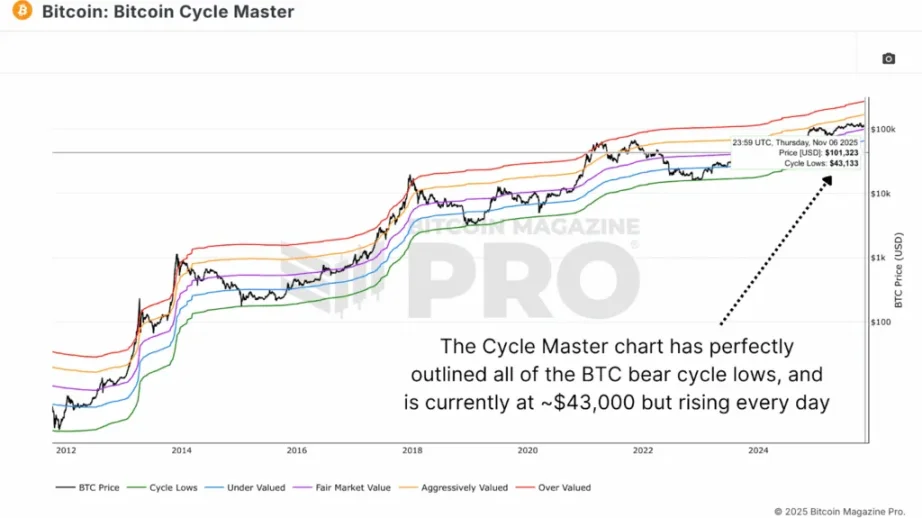Simpler than a wallet, faster than swiping a card: Polkadot APP aims to bring Web3 into everyday life!

At a time when the number of Web3 users has almost stagnated, Polkadot APP is trying to break this deadlock. It’s not another complicated wallet, but an on-chain application that anyone can use—just enter your name and you’re ready to go.
In the latest episode of Space Monkeys, Jay invited Birdo, who is working with Parity to develop Polkadot APP, to talk about the app’s design philosophy, target users, and how it brings the crypto world to outsiders with an experience “so simple it’s faster than swiping a card.”
From login-free on-chain identity registration, gift card payments in partnership with Raise, the upcoming non-custodial Visa card, to the DAO’s governance and self-sustaining mechanism behind it, this product is redefining Web3 products.
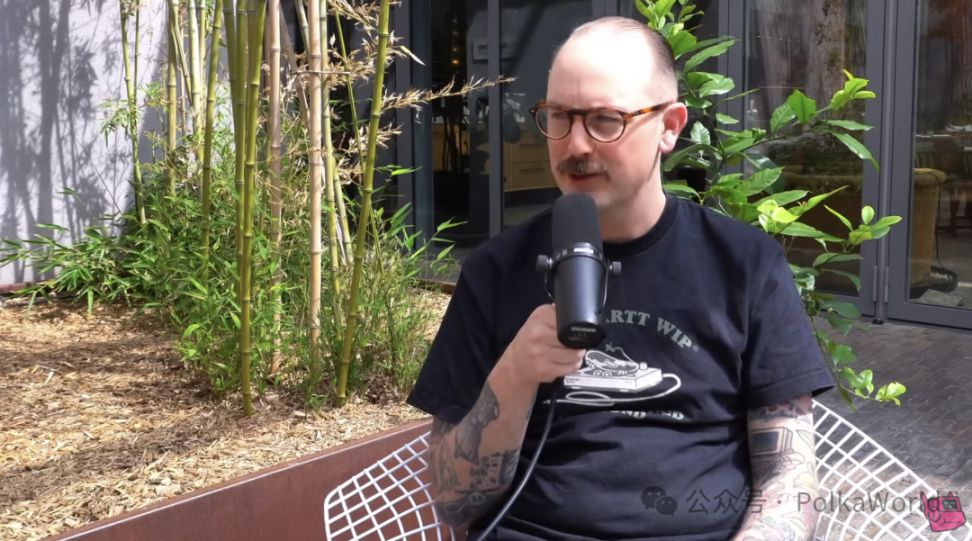
Breaking the Deadlock: Attracting Outsiders with Polkadot APP
Jay: This episode of Space Monkeys features Birdo, who is working with Parity to build a brand new consumer-facing application for Polkadot—Polkadot APP. Today, let’s talk about what this app actually does, who its target users are, and the future of Polkadot in consumer products. Welcome, Birdo.
Birdo: Thanks for the invitation. I’m glad to be here. It’s sunny in Berlin right now, the weather is amazing—just perfect.
Jay: Yeah, that’s great! So, who is this Polkadot app you’re working on for?
Birdo: Our initial idea was for “beginners,” but actually anyone can use it. If you’re already a Polkadot veteran, you can absolutely use our product. But the main target users are indeed beginners.
Jay: Do you think this is a “gap” in the Polkadot application ecosystem?
Birdo: I’d even say it’s not just a Polkadot problem, but an industry-wide problem.
Jay: You mean the entire crypto industry?
Birdo: Yes, the entire crypto industry. Although things are slowly changing, for example, more wallets now support cloud backup and cloud sync—these features weren’t common six months ago.
But our product design philosophy is a bit different. We’re not following the traditional Web3 wallet path, where you’re immediately asked to memorize seed phrases and sign all sorts of transactions.
We often talk about “getting more people to use crypto,” “Web3 mass adoption,” “Polkadot going mainstream,” but if we put such a complex user experience in front of ordinary users, they simply won’t use it.
For example, if I gave a wallet (like Talisman) to my brother or sister—both of whom are pretty tech-savvy—they’d still feel “this thing is too unfamiliar, too complicated.” That’s the reality: for most ordinary people, these concepts are just too distant.
Jay: But I’m also thinking, if you give this Polkadot app to people in the Web3 community, they might be a bit “wary”—because you’re not emphasizing the mainstream Web3 values like “decentralization.”
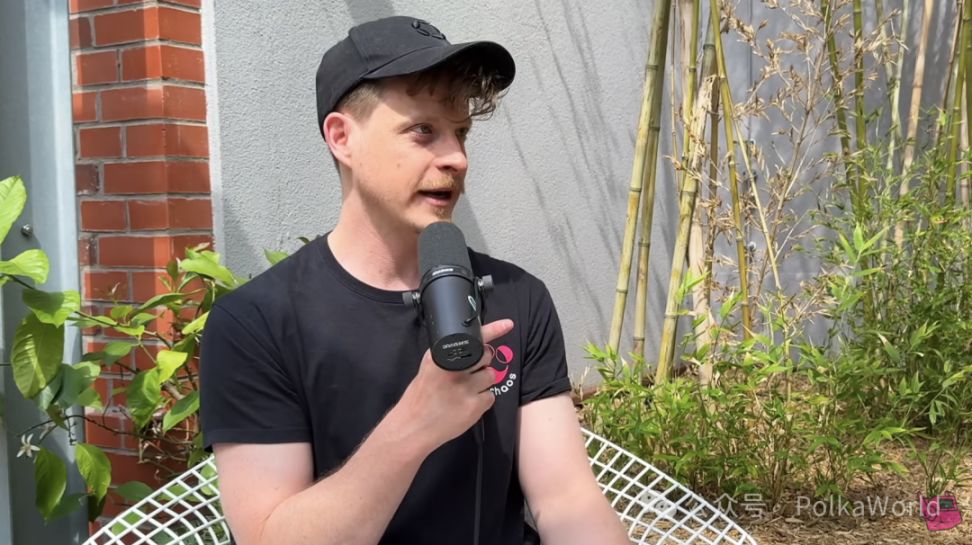
Birdo: That’s possible, there is indeed that risk. But I think that’s our “bet.”
The bet is this: Web3’s user base has basically stabilized. If we want to break this situation, we have to do something different. I think that’s exactly what we’re trying to do.
Jay: Exactly. You just mentioned Talisman. Maybe many people using this new app and just getting into Polkadot don’t know your previous experience. You came from Talisman, a very good browser extension project—I use it every day myself, and I really think it’s great.
Birdo: Yes, for a multi-chain crypto application, it’s really outstanding.
Jay: So, what experiences and philosophies from Talisman have you carried over to this Polkadot app you’re building now?
Birdo: At Talisman, we always pursued “simplicity and ease of use,” but also considered the needs of “advanced users.” For example, users could easily stake DOT, but if you wanted to go deeper, you could choose your own staking pool and see detailed information. It’s like some apps where you discover a bunch of hidden features only after going into the settings.
I’m a tech geek myself and love gaming. Every time I open a new game, the first thing I do is go to the settings menu and tweak all sorts of options.
So at Talisman, our philosophy was: make the interaction experience extremely simple. The Polkadot app we’re building now continues this approach, but removes those cumbersome settings, like manually selecting validator nodes and such.
Jay: It seems you really value user experience and workflow. What about design? It feels like both this upcoming Polkadot app and Talisman are beautifully designed.
Birdo: Thank you! I personally care a lot about design, even though I’m not a designer, but I really love beautiful things. Our team even has a dedicated group where everyone shares all kinds of cool design inspirations, like posters, product interfaces, and so on.
We also have a very talented designer on our team, Julian. He worked at Apple for over ten years and actually worked with Jony Ive (Apple’s former chief design officer). He was involved in the design of the Apple Watch, Vision Pro, and even some unreleased products that may never see the light of day. Actually, our early product designs were already pretty good—a great starting point and exploration. But compared to what we have now, there’s still a gap.
It really takes time to polish a mature design, which is why we didn’t release too early.
Just Enter Your Name to Use It: Polkadot APP’s On-Chain Experience Is Faster Than Swiping a Card
Jay: For users who already have the app or are about to start using it, what will they see when they open the app?
Birdo: Actually, they don’t need to log in. That’s one of the coolest things, I think. After you download the app, you’ll see four function options:
- Create identity
- Manage assets
- Crypto payment
- Stake crypto assets
Of course, we use more “user-friendly” terms. Then you’ll enter an interface to input your name. That’s it.
Jay: So this “name” is your identity?
Birdo: Yes. And there’s no login, no Google verification, no password, no PIN—just enter your name and you’re in.
Jay: Wow. So this identity isn’t just an in-app identity, but an on-chain one?
Birdo: No, it’s an on-chain identity. Last year, we initiated a referendum to enable on-chain identity registration, which was supported. So now, in this process, we pay the on-chain transaction fees for the user and register the on-chain identity.
So to the user, it feels like using a regular app: enter your name, continue using, but in the background, we’ve already created your on-chain identity, completed registration, and paid the fees. This is essentially “shielding technical complexity.” Why should someone have to pay just to create a username?
Jay: Yeah, it makes no sense at all.
Birdo: Exactly, although it does cost a bit, but we cover that expense.
Jay: Got it, so this is actually your customer acquisition cost, right? Makes perfect sense. So now I’ve opened the app, entered my name, what’s next?
Birdo: Next, you can go to the wallet page and take a look.
We currently only support two tokens, again for simplicity: one is DOT, the other is “digital dollar,” currently USDC. Of course, depending on the region, it could be USDT, HOLA, or other stablecoins. But we uniformly call it “digital dollar” in the interface.
You can buy crypto directly with fiat—we’ve integrated a fiat on-ramp called MELD, which I think works well. You can also transfer, send coins to others. Since you already have an on-chain identity, everything is on-chain. You just need to enter part of the recipient’s name, like J-A-Y, and it will auto-match—you show up, I tap, and the transfer is done.
So I think while address books are important, we’ve actually built an on-chain address book by registering usernames.
Another important feature—in the US, you can pay directly with crypto. In the app, you select a store, choose the amount you want to spend, tap “pay,” and you can pay directly with DOT. This is in partnership with Raise in the US, who do gift cards. As you operate on the front end, the app sends your DOT to Raise, and once they confirm receipt on-chain, they generate a gift card via API and return the redemption code to the app. You can scan it in-store or copy-paste the code when ordering online.
Jay: All these backend operations are completely invisible to the user, right?
Birdo: Yes, totally imperceptible.
Jay: So, is the whole process actually pretty complex? How long does it take?
Birdo: Actually, it’s very fast—we’ve optimized a lot. At the beginning of this year, our tests took about 15 seconds, which we thought was too slow. But after some adjustments, now it’s basically down to 1 to 2 seconds.
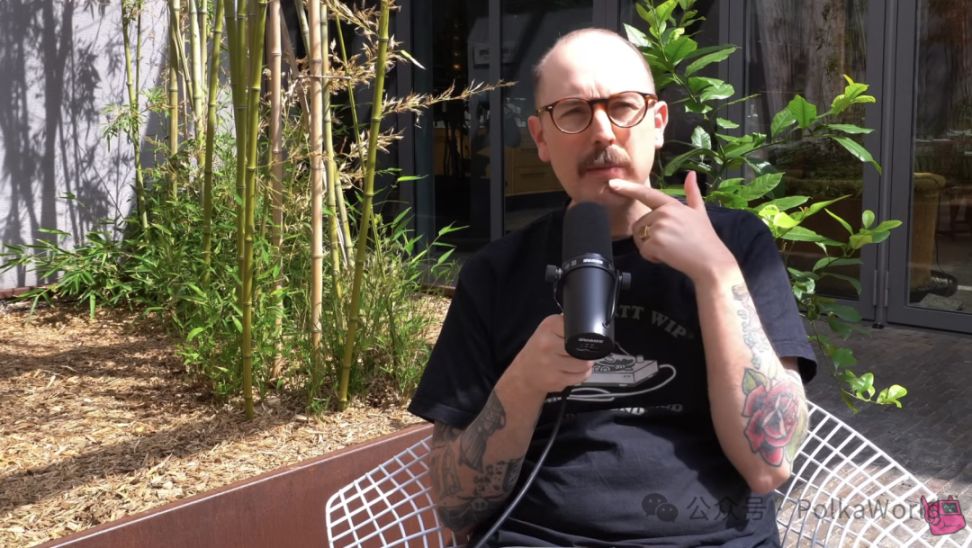
Of course, it depends on the user’s environment, but on average, that’s about the speed. It’s actually faster than pulling out your wallet, unzipping it, taking out your card, and swiping—it’s about the same speed.
From Starbucks to Walmart, Polkadot APP Can Pay Everywhere
Jay: So, users can pay with crypto assets in their wallet, but only at designated retailers?
Birdo: Yes, currently only at specific merchants. But Raise’s partner directory is huge—there are about 1,000 brands in the US.
Jay: Like Starbucks, Home Depot, Walmart?
Birdo: Yes, and Nike too. Basically all the brands you’d use. Maybe not for your daily coffee, but for bigger purchases—weekly or monthly spending.
Jay: Right, you can’t use it at the corner coffee shop.
Birdo: Unless that coffee shop is Starbucks. But these brands have about a million stores. So while it’s “specific merchants,” the coverage is actually very broad, and it also includes some local small shops—not just national chains.
Jay: Got it. Is Raise only available in the US?
Birdo: No, they operate in many countries. When we expand to other countries, we’ll add this feature to Europe, the UK, Canada, and so on.
Jay: Understood. But initially, it’s only launching in the US, right?
Birdo: Yes, we’re starting in the US—launching, testing, collecting feedback. If the product finds market fit and users are happy, we’ll expand to other regions.
Polkadot APP Visa Card: Non-Custodial, Zero Monthly Fees, Pay Directly with DOT
Jay: The latest news as we record this episode is that you’re integrating a Visa debit card—a Visa payment card. I think a lot of people are now familiar with these prepaid cards.
Birdo: Yes, but ours is a bit different. Strictly speaking, it’s not a traditional “prepaid card,” but a non-custodial card—which means it uses your wallet balance directly.
Jay: So you can’t overdraw with this card?
Birdo: Ah, right, it’s not a credit card, so you can’t overdraw for now.
Jay: Got it, that’s interesting.
Birdo: It’s a pretty interesting direction.
Jay: Yeah, after all, it’s technically feasible.
Birdo: Exactly, with decentralized technology, this is totally doable.
Jay: So what’s special about this Visa card?
Birdo: Well, when we researched the market, we couldn’t find a non-custodial card that met our needs. Earlier this year, MetaMask launched a card—I think that was one of the first truly non-custodial wallet cards on the market, and Gnosis had one too. But overall, these cards are still rare.
I believe “self-custody of funds” is a very important principle and a goal we should always stick to. So after this card was released, we contacted that team and eventually made this collaboration happen. Besides “non-custodial,” another big advantage is—almost no fees:
- No card issuance fee
- No monthly fee
- No minimum spending
Because this card is non-custodial, you don’t need to top up in advance—just spend from your wallet balance. Unlike some cards that charge a 2% fee for top-ups or withdrawals, fees are only charged when you spend, and it’s a very small transaction fee. The fee is deducted at the moment you swipe the card. I think that’s totally reasonable—after all, you’re converting virtual currency into money you can use in the real world.
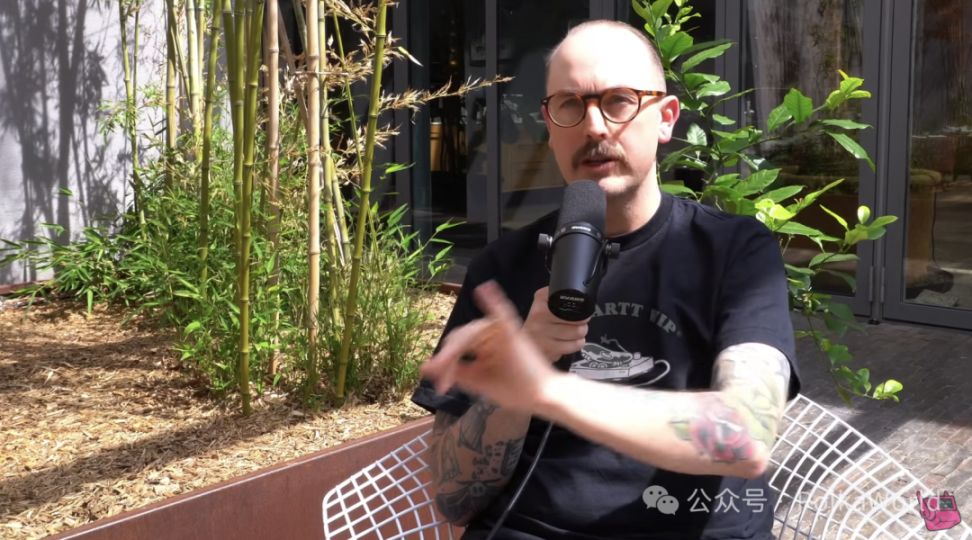
Jay: Actually, the underlying costs are quite high.
Birdo: Right, normally it’s really expensive. When I received USDC payments and withdrew via centralized exchanges, the fees weren’t low.
Jay: I remember when I converted to fiat, the fee was about 1.5%, 1.6%, and I only recently figured out how to get it down to 0.6%. But honestly, it still hurts.
Birdo: Totally agree. And after you finally convert to fiat, the money still has to sit in a bank account—in other words, you’re “handing your money over to the bank.”
Jay: Yeah, exactly, you’re basically paying to give your money to the bank.
Birdo: Right, you’re paying to hand your money to the bank—it just feels weird. So I think our card is a great choice for people who want to self-manage their funds and also spend in the real world. It’s like a bridge connecting the familiar Web3 world and the real world.
Jay: Back to that “simple and beautiful app.” The interface shows how much DOT I have, and that… what do you call it again?
Birdo: USDC, which we call “digital dollar.”
Jay: Right, digital dollar. So when I swipe the card, which balance does it deduct from?
Birdo: To keep the interface as simple as possible, we created a “quasi-top-up” mechanism. You can transfer money to a sub-account for the card. This sub-account is actually an address “derived” from your main wallet’s seed phrase. You transfer money to this card account, and of course, you can transfer it out anytime. We think this way of “splitting wallet funds” is very clear for users. For example, you have some money in your main account, some in the “payment card account,” and some in the staking pool—this “fund pockets” or “multi-account” concept is very similar to Web2. Like with a bank: you have a regular account, a mortgage account, a credit card account… This system is familiar. So in our app, the balances are separate, but the money is all yours.
Jay: Got it. So when will this Visa card go live?
Birdo: We estimate 8 to 12 weeks. From the moment we get official approval, that’s the timeline.
Jay: So about two months after the app launches?
Birdo: About that. The Polkadot Community Foundation and relevant teams are already reviewing the contracts, and I think it’ll move quickly.
Jay: Here’s a question: since you’ll have this Visa card, why keep the designated retailer payment method? Why wouldn’t users just use the Visa card?
Birdo: Good question. I think our app is quite unique—it’s a hybrid of Web3 spirit and real-world user experience. The current payment method has an advantage: you can use it right after registration, without filling in any other information. Just enter a username, and the wallet works—transfers and payments are all available.
Jay: So you don’t need to provide the address or real name required by Visa?
Birdo: Right, if you don’t apply for the Visa card, you don’t need to do KYC (identity verification).
Jay: So if I don’t want to deal with Visa or KYC, I can still use the app’s payment method to spend crypto?
Birdo: Absolutely. So we think combining these two payment methods is a very reasonable setup.
Cashback + Low Fees: How Polkadot APP Gets Users to Abandon Traditional Visa Cards
Jay: By the way, I remember the current gift card payment method also offers cashback rewards?
Birdo: Yes. The cashback is based on our system with Raise. Raise negotiates discounts and cashback with merchants—it’s like they negotiate promotions for us. Sometimes they’ll say, “Hey, Uber’s cashback is 9% now, not the usual 3%.” They proactively negotiate these benefits for us. So we get to enjoy the perks they secure for free, which is a great deal for us.
Jay: Got it. Will the Visa card also offer cashback rewards?
Birdo: Why not?
Jay: Oh really? Where does the cashback money come from?
Birdo: We’re still discussing this with Circle and the card issuer. The cashback might not be much, but if we can offer even 1%, that’s already very competitive. Because then, the fees you incur during payment are basically offset by the cashback—it almost evens out, you know what I mean.
Jay: I want to ask a more fundamental question: your app is designed for “non-crypto users,” but I’m wondering, why would these users abandon their bank’s Visa card and use yours instead? How can we really get them to switch?
Birdo: We’ve discussed this a lot internally, and I think it’s crucial. I believe there are many places in the world that aren’t as lucky as we are in Germany or Canada. In some places, people don’t have as much financial freedom or infrastructure, so this app would be very useful—possibly the best option for them.
Jay: I totally agree. I’ve always thought that a super simple app like this would have huge potential in the South American market—just don’t build it on Tron again.
Birdo: Yeah, no more Tron. And compared to other Web3 apps, our product has several advantages:
Polkadot network fees are extremely low—transferring stablecoins might cost only a hundredth of a cent.
The entire ecosystem’s support is also one of our “superpowers”—this product is backed and promoted by the entire Polkadot community.
So I think it’s not just people in Berlin or Canada who can use it—I’d use it myself.
Jay: Right, those already working in Web3 and familiar with crypto will definitely use this Visa card for spending, no doubt about it.
Birdo: Of course. My personal view is, if we want to replace the traditional banking system as much as possible, we should encourage more people to store their money on-chain, like on Polkadot. In the future, you could even have your salary paid directly to this app, automatically converted to crypto, and all your funds would be in this app. Many people also want to hold some bitcoin or ethereum—whether for investment or as a store of value. So we’re considering providing access to these in the app, and I think that’s a promising direction.
Jay: Do you plan to support more tokens? Or let users opt in to a bit more complexity, like adding ethereum, bitcoin, etc.?
Birdo: Yes, we’re discussing this. Personally, I think supporting bitcoin and ethereum is definitely a good thing and makes sense. After all, Polkadot’s original intention was to be a “multi-chain interoperability” platform, so we should support more than just DOT. At least mainstream tokens with “brand recognition” like bitcoin, ethereum, even solana—we should support them. That way, we can also leverage their brand power to attract users.
Jay: Right, especially if users can choose to “add bitcoin,” then search and get a corresponding mini-wallet—it’s a very reasonable experience.
Birdo: Exactly, or even add a “DCA” (Dollar Cost Averaging, periodic buying) feature.
Jay: Oh, adding that would be so cool.
Birdo: All these features are meaningful, and I want to use them myself. Right now, doing these things is still a hassle—you have to transfer money on-chain, set up all sorts of stuff, the threshold is high. So I think we can add a lot of practical features to make this app better fulfill the vision of “future finance.”
The Challenges and Ambitions Behind Polkadot APP
Jay: What challenges have you encountered in developing this app? After all, you’re ultimately submitting it to the App Store, right?
Birdo: The App Store is indeed a big challenge. Honestly, I don’t want to complain too much, but we have to deal with some centralized institutions that don’t really understand what we’re doing, and sometimes give unreasonable feedback. For example, we’ve gone back and forth with Apple several times.
Jay: I guess Apple is pretty sensitive about apps like yours?
Birdo: Actually, Apple mainly cares about whether they can get a cut. They care about “commissions”—for example, for in-app transactions, Apple charges a 30% fee. Fortunately, our app design avoids this: we don’t have direct crypto transactions in the app, so we’re not subject to their commission. But even so, their review process is still very strict. They also want to ensure the App Store isn’t polluted by malicious apps, especially products like ours involving bitcoin or funds, which could hide malicious intent or endanger user funds. So Apple wants to protect users and its brand image.
Jay: How does it feel developing this app inside Parity? We talked before about your time at Talisman, which was a small, agile team. Now the team is bigger and there’s more to do—any challenges there?
Birdo: I think it’s important to realize: we’re now developing this app for a DAO, operated through the Polkadot Community Foundation (PCF). So we have to ensure the app’s ownership and intellectual property belong to the community foundation. That means DOT holders are the true owners of this product.
That’s really cool—I think this might be the first mobile app launched by a DAO, or at least one of the earliest. At the same time, this payment card might also be the first payment card launched by a DAO.
Jay: Right, we haven’t mentioned this yet. You’re now working with an entity in the Cayman Islands, right? An enterprise? Institution? Company?
Birdo: Yes, it’s an entity, you could call it a commercial organization.
Jay: Right, an entity. This entity is funded by the Polkadot DAO and is also the owner of this app. So technically, any DOT holder is also a “shareholder” of this app.
Birdo: Yes, that’s right. Pretty interesting, right? If you take this model to a lawyer and say, “Hi, this is what we’re doing,” their reaction is usually, “Oh? That’s interesting.” There aren’t many legal cases about DAOs yet. There have been a few, like the Ooki DAO case and another I can’t recall, but there really aren’t many precedents for DAOs, right?
So in this process, we also face a lot of management complexity:
We have to make a good product,
protect the brand,
and also get the community’s token holders truly involved, maintaining interest and consensus.
That’s much more complex than a six-person team launching a product.
Jay: But that’s really cool. I download the app, fill in my info, get some DAO tokens, and not only are my assets self-custodied, I actually “own” part of the app I’m using.
Birdo: Yes, exactly! And what’s more interesting is, this payment card generates fees with every transaction, right? Part of the fee goes to the service provider, the other half goes to PCF. So PCF can earn revenue from card usage. The more it’s used, the more funds PCF has to keep pushing the project forward.
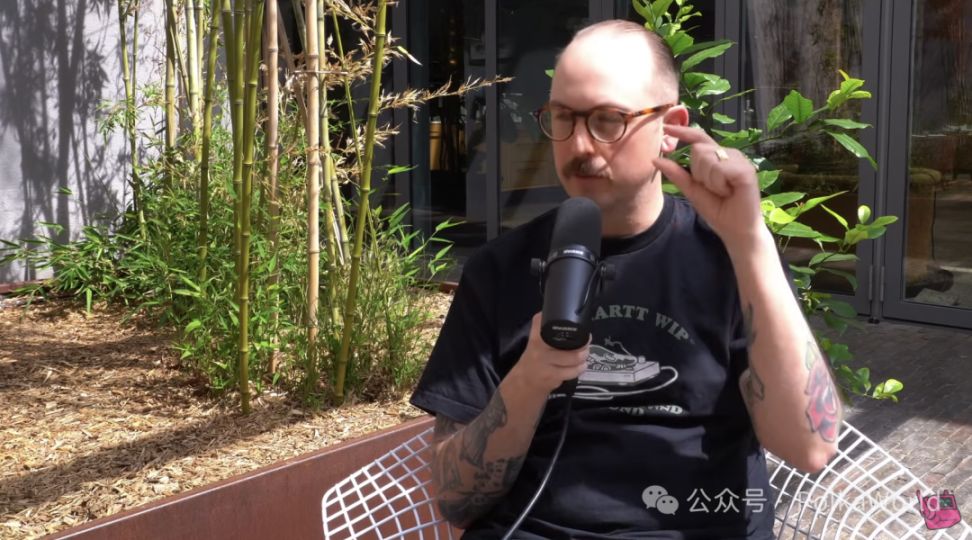
Ideally, as transaction volume grows, PCF can gradually become self-sustaining. That’s what we hope to see. I believe any project developed in this environment (especially with “free money” involved) should have a path to “self-sustainability.”
Of course, I know it’s not always achievable in reality. But ultimately, everything has a cost:
- Either the user pays,
- or the investor pays,
- or the DAO pays itself.
You can’t make a high-quality product for zero cost. You can hack together a script, write a little tool in Vyper, maybe that’s free. But if you want a product with design, user experience, and professionalism, it’s like a triangle—you have to pay the price.
Jay: Someone always has to pay. So why not do it beautifully—with a self-custodial solution, right on your phone.
Birdo: I think so too.
Jay: Awesome, Birdo. Thank you for everything you’re doing—it’s really exciting. I can’t wait to use this product. When I look back at this conversation, I’ll feel it even more. Thanks again for joining the show and for sharing!
Birdo: Thank you so much for the invitation!
Disclaimer: The content of this article solely reflects the author's opinion and does not represent the platform in any capacity. This article is not intended to serve as a reference for making investment decisions.
You may also like
$PING rebounds 50%, a quick look at the $PING-based launchpad project c402.market
c402.market's mechanism design is more inclined to incentivize token creators, rather than just benefiting minters and traders.
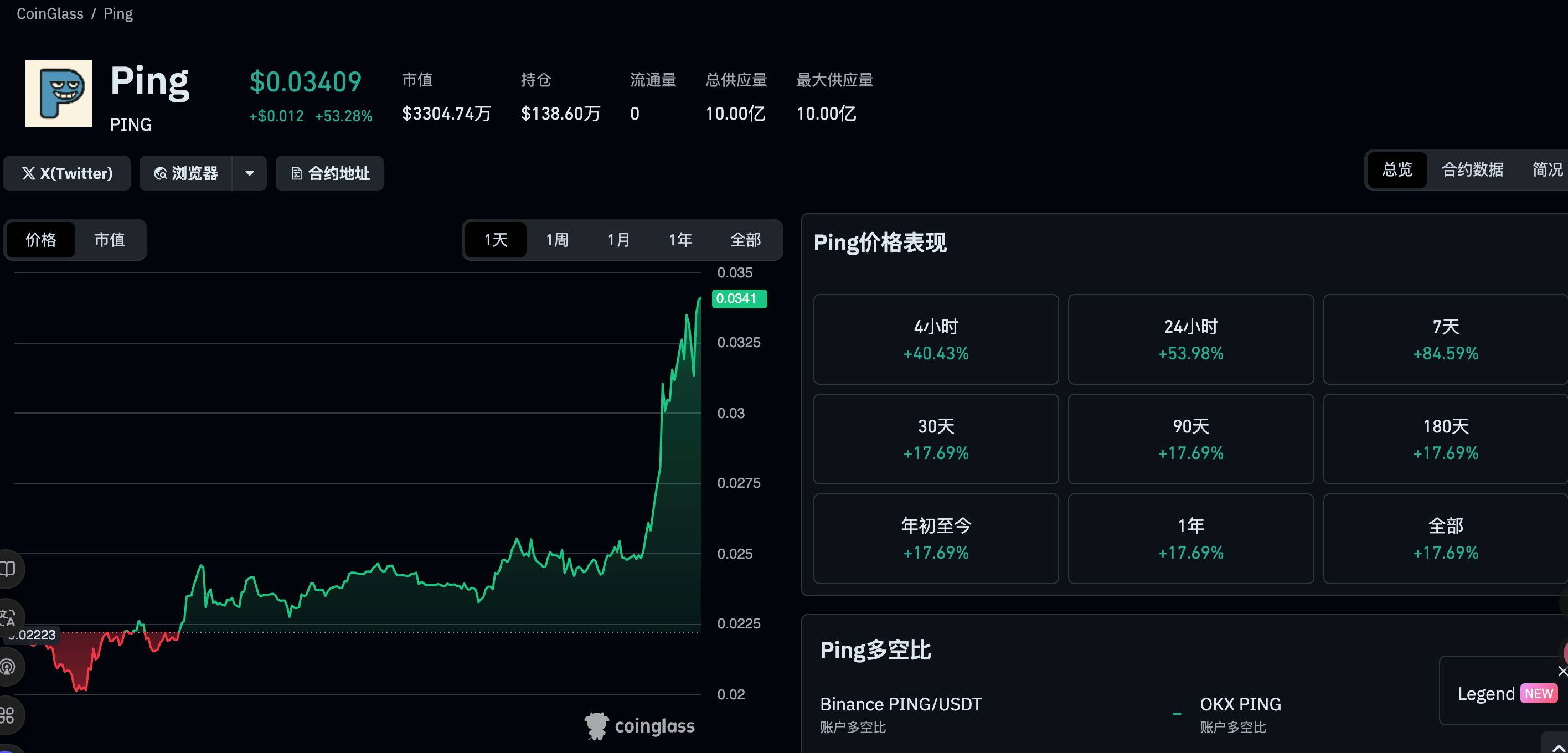
Crypto Capitalism, Crypto in the AI Era
A one-person media company, ushering in the era of everyone as a Founder.
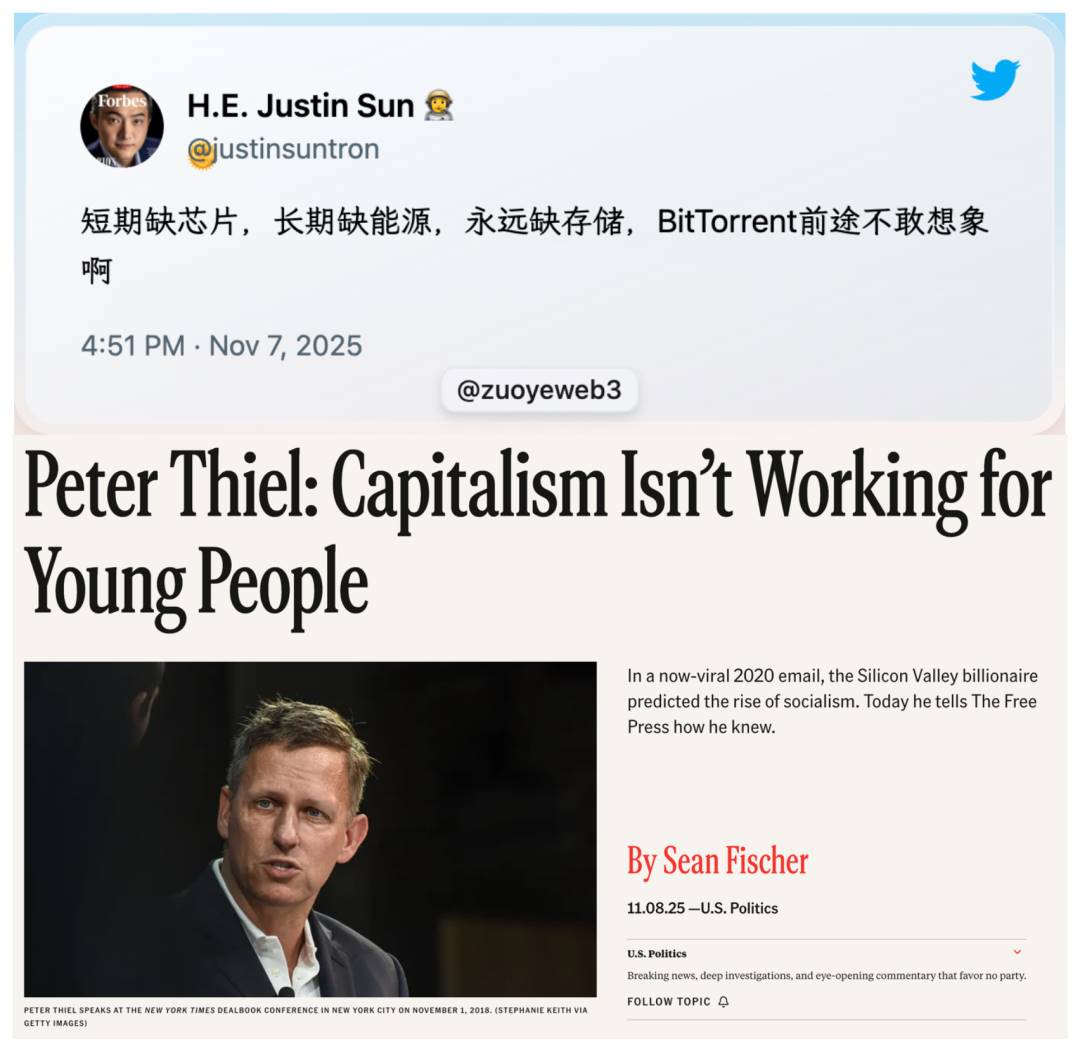
Interpretation of the ERC-8021 Proposal: Will Ethereum Replicate Hyperliquid’s Developer Wealth Creation Myth?
The platform serves as a foundation, enabling thousands of applications to be built and profit.
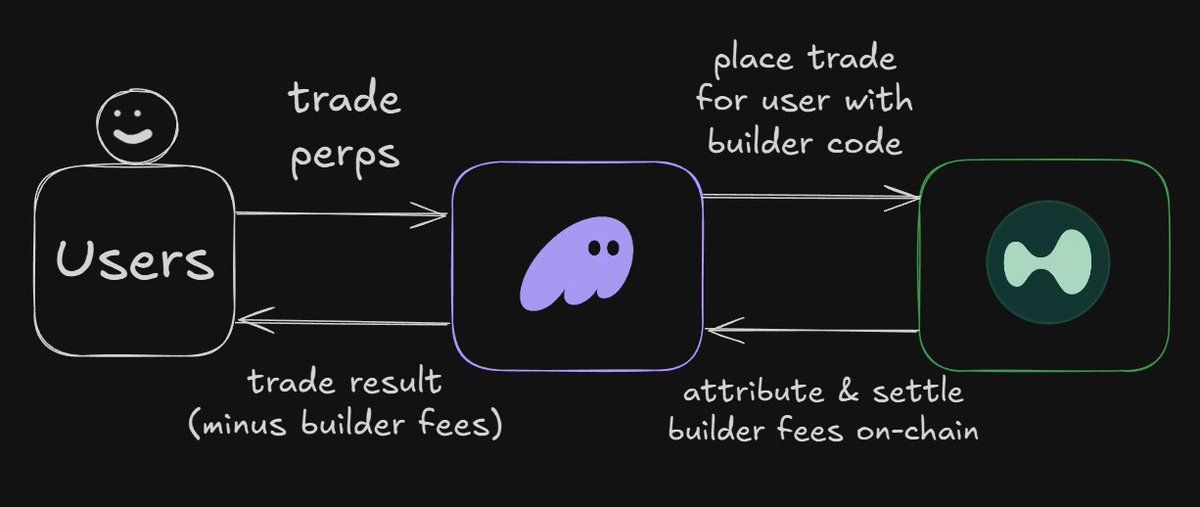
Data shows that the bear market bottom will form in the $55,000–$70,000 range.
If the price falls back to the $55,000-$70,000 range, it would be a normal cyclical movement rather than a signal of systemic collapse.
